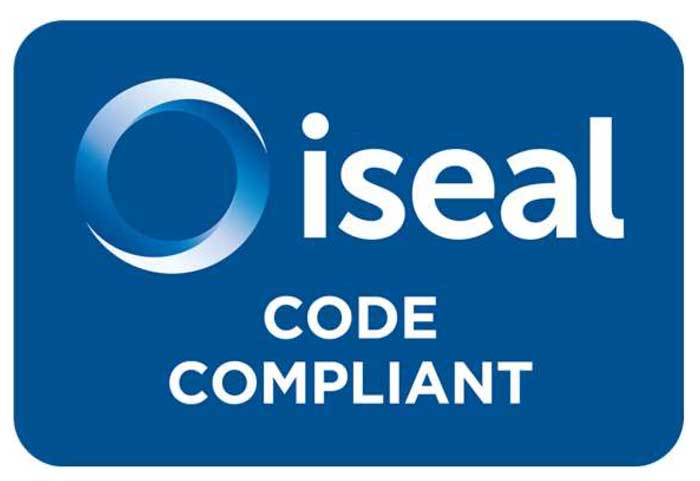ASI’s approach to Business Travel GHG Emissions
ASI is committed to transparency in reporting our Greenhouse Gas Emissions from business travel. We calculate and publish this data each year to demonstrate credibility, understand our travel-related impact, track trends over time, and support better decision making.
24 September 2025
ASI is committed to transparency in reporting our Greenhouse Gas Emissions from business travel. We calculate and publish this data each year to demonstrate credibility, understand our travel-related impact, track trends over time, and support better decision making.
To give our travel footprint a tangible value, ASI applies an internal carbon price rather than purchasing carbon offsets. As an alternative that advances social and environmental outcomes related and relevant to our work, we have elected to invest a comparable value of the costs to ‘offset’ our emissions to support projects with Indigenous Peoples and Land Connected communities.
How we calculate our flight-related emissions
Our analysis includes flights paid for by ASI to enable Secretariat staff and other participants to attend ASI-organised meetings. The data does not cover emissions from audits, other operational activities, or travel paid for directly by ASI Members to attend ASI meetings. The infographics below provide a detailed breakdown of this data.

Figure 1: A snapshot of ASI’s 2024 flight-related emissions.

Figure 2: The end of COVID restrictions and a growth in the ASI Secretariat from 2022-24 led our business travel-related emissions to increase.
Methodology
Estimating travel-related GHG emissions
Atmosfair.de used to calculate the estimate of ASI flight-related GHG emissions and distances flown, resulting in a high quality of data:
- main sources are independent scientific studies commissioned by EU, UN
- data used as a starting point to calculate emission inventories in the IPCC (Intergovernmental Panel on Climate Change) reports commissioned by the UN
- calculations are updated annually based on airlines’ aircraft fleet changes.
Estimating an internal carbon price
- The cost of carbon fluctuates over time and by market 1,2
- Such costs are included in the price of “carbon credits” (representing a tonne of CO2 removed or avoided), which are market instruments that can be used for a range of purposes (through their purchase and retirement), including offsetting, insetting and beyond value chain mitigation.
- Importantly the “economic value” of such credits should and does vary depending on the projects that generate them: the project quality, the additional benefits bestowed (to the environment and/or socio-economic development) or other negative impacts to the environment. They are not solely a function of “the cost of one tonne of carbon dioxide equivalent”.
- To estimate an internal carbon cost of the total flight-related emissions of the organisation, ASI uses the Gold Standard benchmark price range of “high quality” carbon credits:
- The 2025 price range was updated to A$15 – 25 per tonne CO2e.
- For previous years cost per tonne used: A$ 79
How ASI uses this information
ASI will continue to align project investments with the value of our travel emissions. Potential projects may include initiatives with Indigenous and Land Connected communities that support management of natural areas and traditional lands impacted by the aluminium value chain to deliver the protection of livelihoods, cultural values, and /or a range of ecosystem services such as carbon storage, biodiversity, watershed protection, and cultural services.
References
1 EU-ETS price 2023-2025 | Statista
2 Global carbon prices by jurisdiction 2024 | Statista
RELATED TOPICS:
climate changedata and researchgovernance
SHARE THIS ARTICLE


